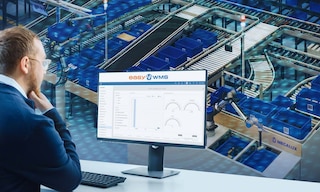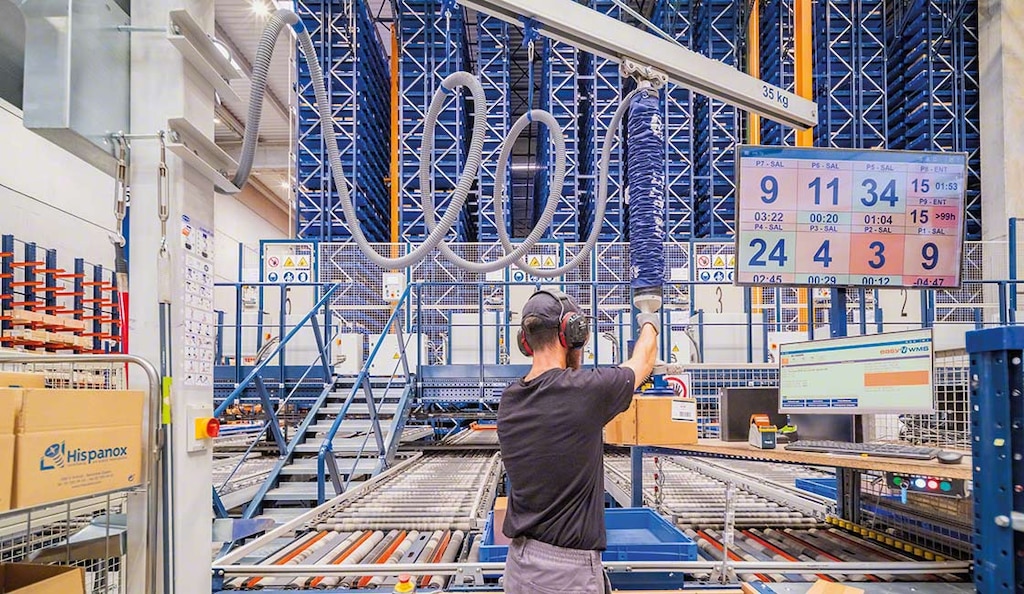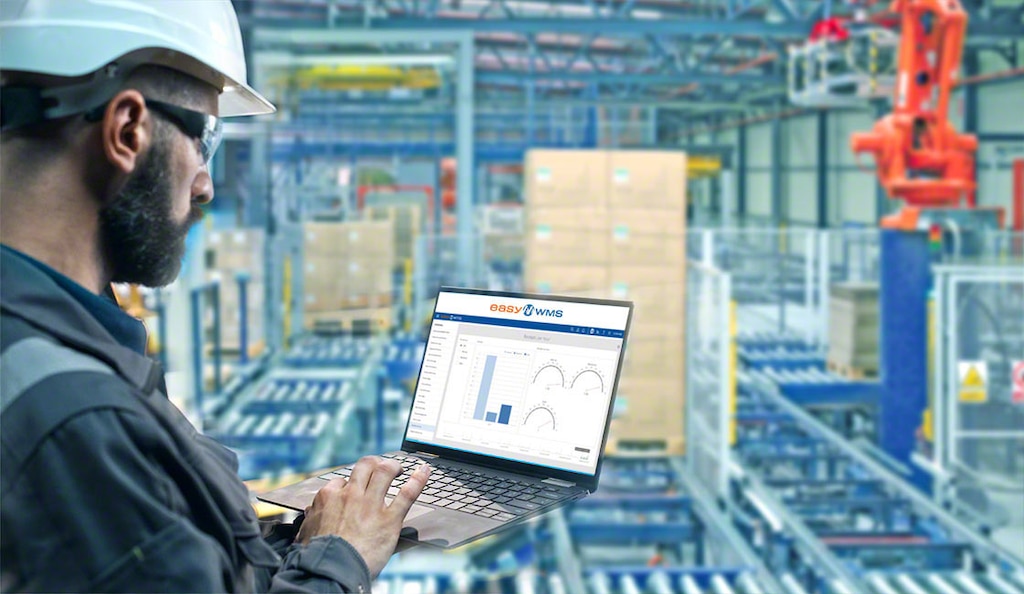
Augmented intelligence: Examples and benefits
Augmented intelligence is a trend that leverages artificial intelligence (AI) to handle routine tasks and analyze large datasets. It lets humans focus on creativity, adaptability, and intuition to drive business innovation.
What is augmented intelligence?
The consulting firm Gartner defines augmented intelligence as “a design pattern for a human-centered partnership model of people and AI working together to enhance cognitive performance, including learning, decision-making, and new experiences.”
Also known as intelligence amplification (IA), this trend emerged in response to the widespread perception of AI as a cold technology that removes human intelligence from decision-making processes, even threatening to replace it. This notion is far from the truth. AI is particularly useful for boosting productivity in repetitive tasks, which is why it has been integrated into warehouses through solutions like picking robots, autonomous vehicles, and demand planning systems.
Augmented intelligence capitalizes on AI to assist humans in their work rather than replace them. According to a study by Texas’s Prairie View A&M University, industries that generate large amounts of data (e.g., law, healthcare, and agriculture) are pioneers in applying this technology. Why? Because augmented intelligence aims to create new, automated processes designed to enhance the 20% of tasks that, until now, couldn’t be automated because they required human reasoning and creativity.
Examples of intelligence augmentation
Let’s look at some examples of augmented intelligence applications. In medicine, augmented intelligence can help diagnose patients with complex symptoms. AI analyzes millions of records and suggests possible diagnoses based on similar data. However, the healthcare professional interprets the results, factors in the patient’s history, and makes the final decision with empathy and human judgment. This combination improves accuracy while delivering personalized care.
In the business world, imagine a scenario where a company is launching a new product. AI can analyze trends, consumer behavior, and competitor data to identify opportunities and risks. But business leaders, with their strategic and creative vision, decide how to position the product, connect with the audience, and adapt the strategy based on human and cultural factors that no machine can fully interpret. This AI–human collaboration enables more informed decision-making and a more innovative execution. It combines the power of data analytics with human judgment to achieve success.

How does augmented intelligence work?
Augmented intelligence follows a five-function cadence that enables it to learn with human influence:
- Understand. The systems receive data, break them down, and extract meanings that the AI “understands” by identifying patterns, relationships, and structures.
- Interpret. New data are entered, and the system uses previous knowledge (i.e., past data) to interpret this information.
- Reason. The system produces results based on the interpreted data. AI generates conclusions, predictions, or recommendations from this analysis.
- Learn. This is where humans intervene by providing feedback on the results. If they’re incorrect or need adjustments, the system is updated and improved. This stage ensures that AI evolves from experience and interaction with humans.
- Assure. The systems are guaranteed to be secure and regulation-compliant through technologies like blockchain or AI tools for auditing and validation.
How is augmented intelligence different from artificial intelligence?
AI and augmented intelligence have different approaches but aim to achieve the same goal. While AI focuses on autonomous task performance, augmented intelligence is designed to work alongside humans to complement their skills.
AI operates without human intervention, whereas intelligence augmentation is intended to complement and enrich humans’ cognitive and functional abilities. AI handles repetitive and mechanical tasks, and augmented intelligence assists users in performing their activities more efficiently.
The main difference between the two is that AI automates tasks that typically require human intelligence, using datasets and predefined rules; in contrast, augmented intelligence leverages machine learning and predictive analytics of datasets to enhance human decision-making and actions.
| Artificial intelligence | Augmented intelligence |
|---|---|
| Machines work autonomously, without human intervention. | Machines provide speed, data analytics, and processing, while humans bring judgment, creativity, and decision-making. |
| All information processing is done solely by automated systems. | Machines process and analyze data, but the final decisions and results include human input. |
| Results may be inaccurate because they depend solely on the data and algorithms used to train the system. | Users participate in the process, reviewing and adjusting the results generated automatically. |
| Machines are expected to replace or automate certain human tasks and jobs (the most repetitive and monotonous). | Machines are expected to enhance human abilities and create new job opportunities rather than replace people. |
| Machines perform tasks extremely quickly due to their processing power and computational capacity. | Human involvement slows down the process, as people must review, adjust, make decisions about, or validate the results generated by machines. |
Table: Comparison between artificial intelligence and augmented intelligence
What are the benefits of augmented intelligence applications?
In logistics and supply chain management, augmented intelligence merges AI’s efficiency in analyzing vast amounts of data with human decision-making capabilities.
Companies can streamline logistics operations, improve demand forecasting, and manage inventory more effectively. These are several key benefits of augmented business intelligence:
- Process optimization. AI identifies patterns and opportunities that, when combined with human expertise, enable more accurate decisions to provide better customer service.
- Improved demand forecasting. Logistics managers use AI-generated demand predictions to adjust production, plan inventories, and prevent stockouts as well as overstock.
- Efficient inventory management. Augmented intelligence supports inventory planning and control. With AI-driven insights, companies can anticipate restocking needs, maximize warehouse space, and ensure product availability.
- Greater resilience and adaptability. AI-powered predictive analytics, combined with human expertise, strengthens resilience and helps businesses adapt their strategies in an ever-changing environment.
- Cost and error reduction. AI-based data analytics and human oversight minimize errors in key tasks like demand planning and order management. In addition to lowering costs related to logistics failures, this boosts efficiency and customer satisfaction.

The purpose of augmented intelligence
Machine augmented intelligence represents a significant evolution in how humans collaborate with technology. By leveraging AI to handle repetitive tasks and complex analyses, people can concentrate on areas where they excel: creativity, intuition, and strategic decision-making.
At Interlake Mecalux, we understand the importance of integrating advanced technologies to streamline processes and maximize results. If you’re looking for innovative technological solutions to enhance your company’s performance, contact us. We’re here to help you achieve your goals.
